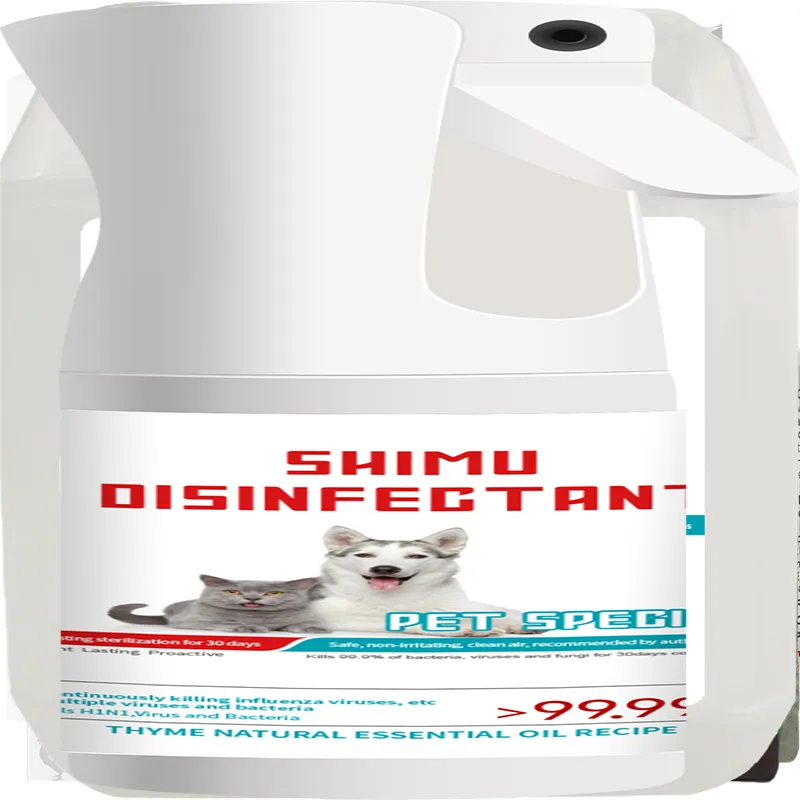Whether you have a playful puppy, a mature adult dog, or a senior pet, liquid vitamins can cater to the specific requirements of various life stages. Puppies, for instance, may benefit from liquid vitamins that support growth and development, while older dogs might need additional support for joint health and vitality. Liquid formulations often provide easy dosage adjustments, allowing pet owners to give the appropriate amount based on their dog’s age, size, and health status.






